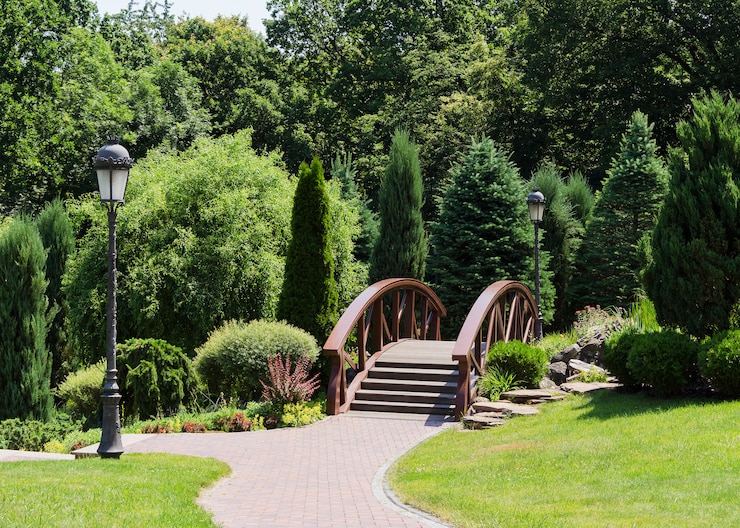Fitness is for everyone, and communities can play a large role in helping prevent obesity, diabetes, heart disease, and other conditions. The sedentary lifestyle most adults and children lead puts them at a greater risk for a number of ailments.
While it’s up to every person to choose a routine that works for them, there are ways community leaders can help, too. The local park is the perfect canvas for transforming your community into a fitness oasis. These five amenities are ideal for all ages, including small children and senior citizens.
5 Park Amenities to Improve Community Wellness
1. Outdoor Gym Equipment
There are plenty of park exercise equipment options to choose from. In addition to adult options, there is also a wide range of outdoor fitness equipment for kids. Rather than rely solely on playground equipment, take things like bars, balance beams, and agility poles into consideration.
For adults, it’s important to ensure that any equipment you purchase is accessible for people of all fitness levels. You should also include a variety of equipment that can be used by those who require mobility assistance.
2. Walking Trails
Designated walking paths encourage residents to get out and enjoy the sunshine. You can use these paths to plant trees and flowers, too, boosting the community value and eco-friendliness. A walking trail is easy to lay, but it should be done with non-slip surfaces in mind. If you include any barriers or stonework, make sure that they are still accessible and safe for those who use wheelchairs or walkers.
Avoid any surfaces that become extremely slick when wet as well. Some people enjoy their daily walks even on a rainy day, and you don’t want the park to become a hazard. You can also have information about things like the best shoes for runners and the importance of hydration when walking the trails available so people’s experience can be well rounded, and safe.
Related Resource: Theme Parks Suitable for Families with Young Kids
3. Community Pool and/or Splash Pads
Is there anything more unifying than a community pool? These are where summers are made for children and adults alike. Hosting weekly water aerobics classes, including ones for babies and senior citizens, can get everyone active in a safe way.
You can even earn money for the community by hosting affordable swim classes for all ages led by a certified instructor. Splash pads are great for younger children whose parents want them to cool off without taking a full-on dip in the pool. They can also be a good way to provide relief from the summer heat if your park isn’t big enough to accommodate a community swimming pool.
4. Basketball Court
A basketball court invites everyone to shoot some hoops and get in shape. This is a great way to encourage your child to be active and also be social. Kids and teens in particular love to hang out on the court after school, and this outlet can provide a safe place for them to make friends with their peers.
Be sure to provide some equipment rental options as well. Not everyone owns their own ball, but they should be able to borrow one for a game with friends or family.
5. Dog Park
Dog parks are a great addition to any community. In addition to helping pet owners spend more time with their four-legged friends, they also encourage more walking throughout the neighborhood. As most people will likely walk their dogs to and from the park, you can encourage more movement by creating a space big enough (and safe enough) for canines of all sizes. It may be helpful to set up a divider that allows dogs 20 pounds and under to play in their own area. This will prevent any accidental injuries.
Read Also:
























